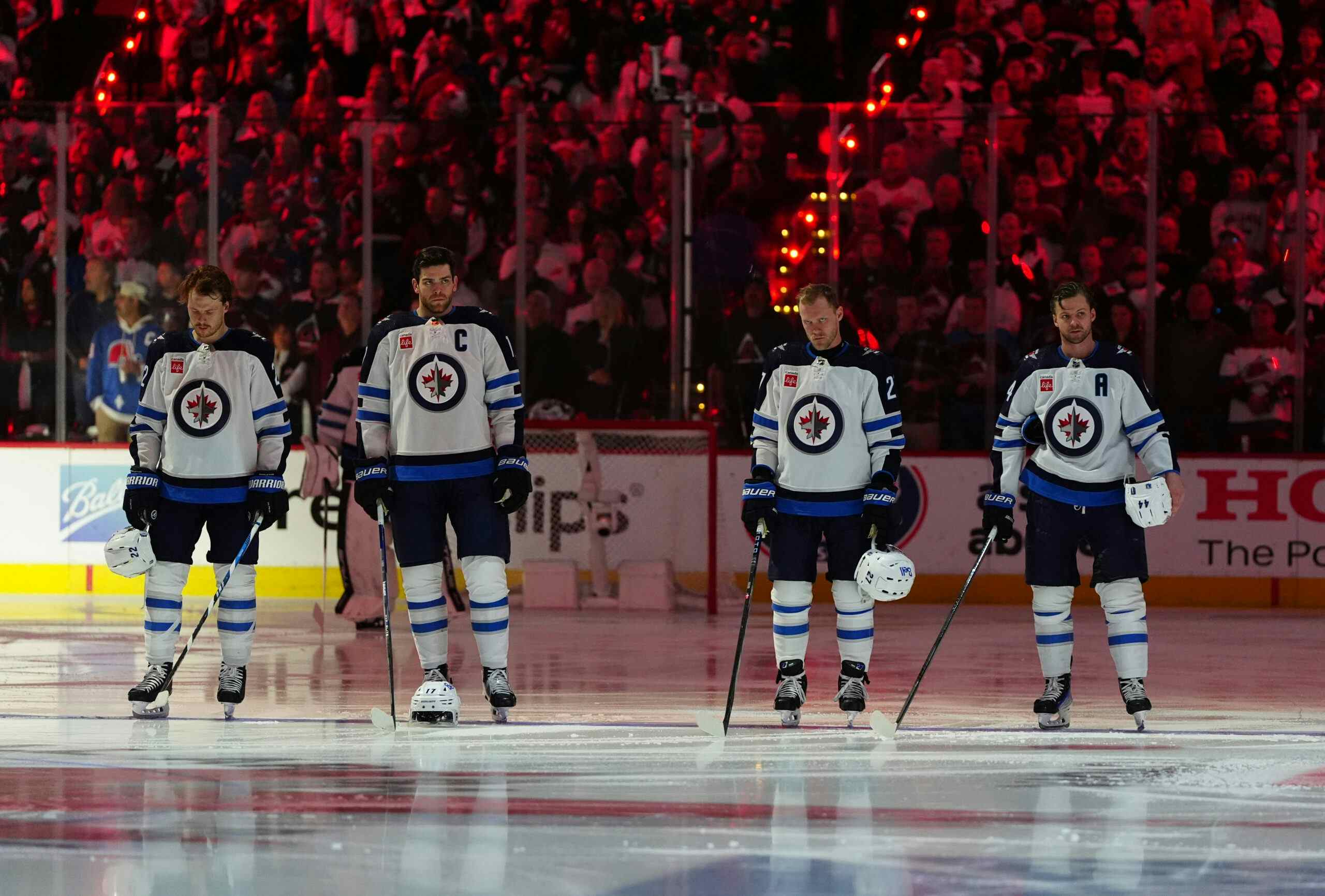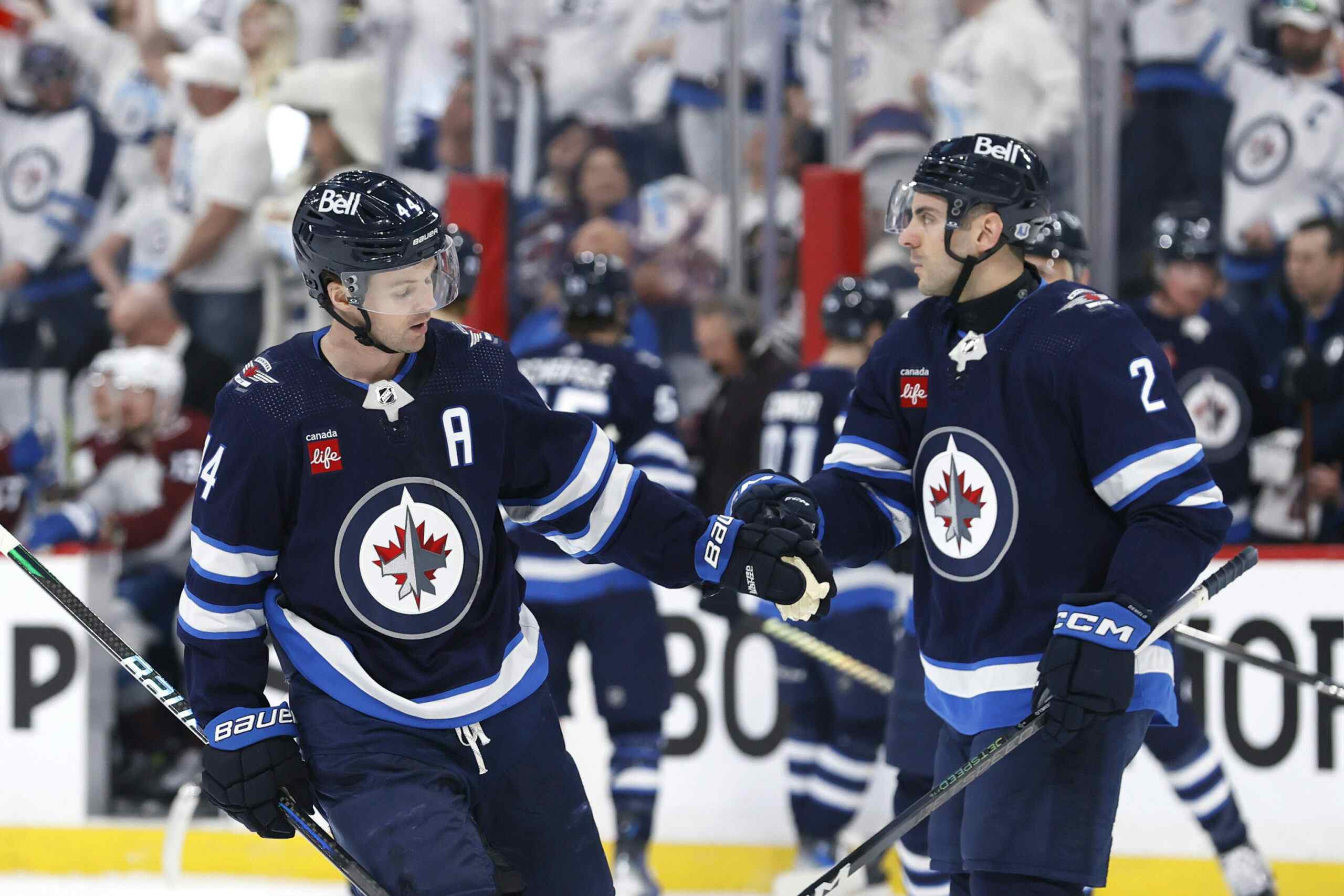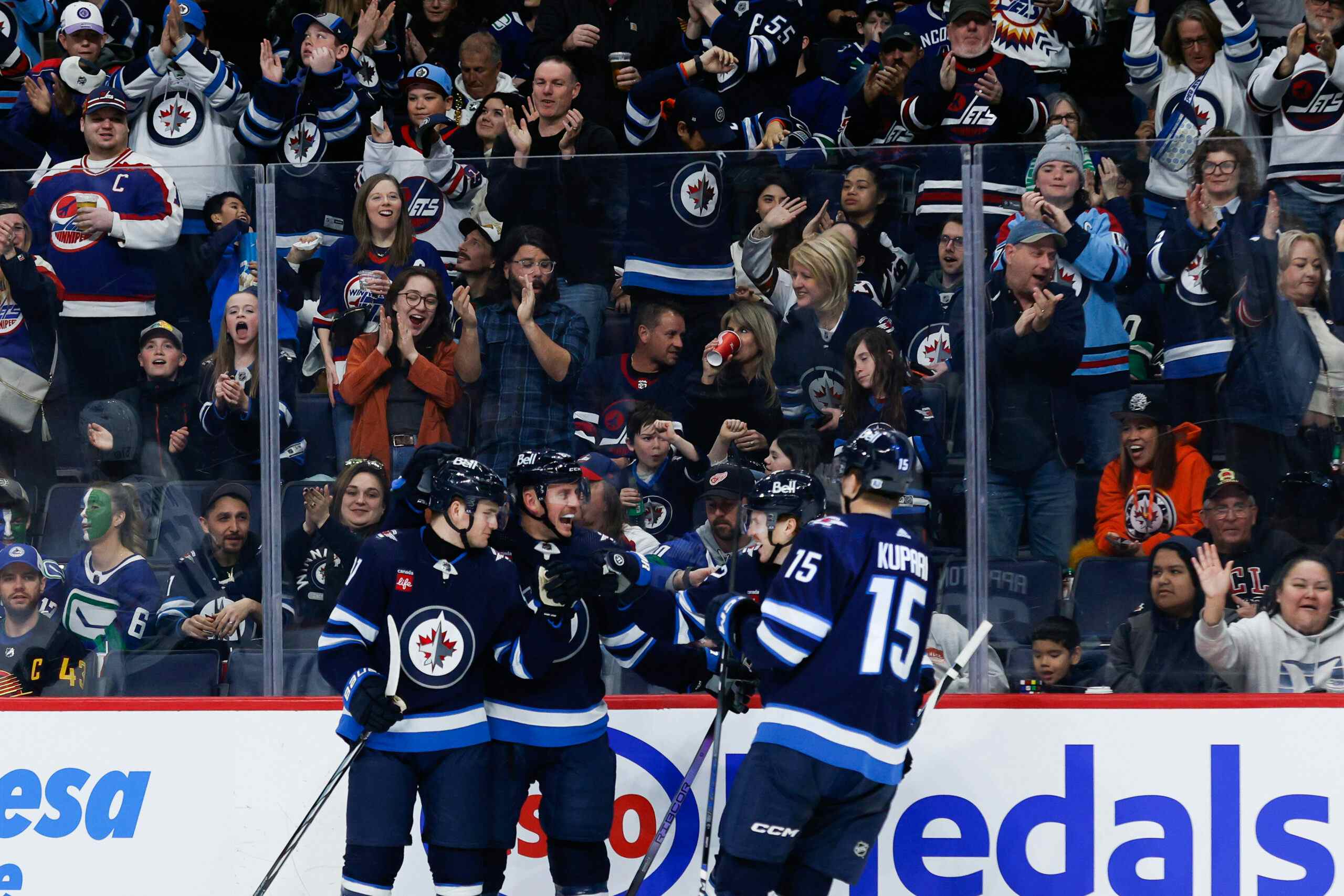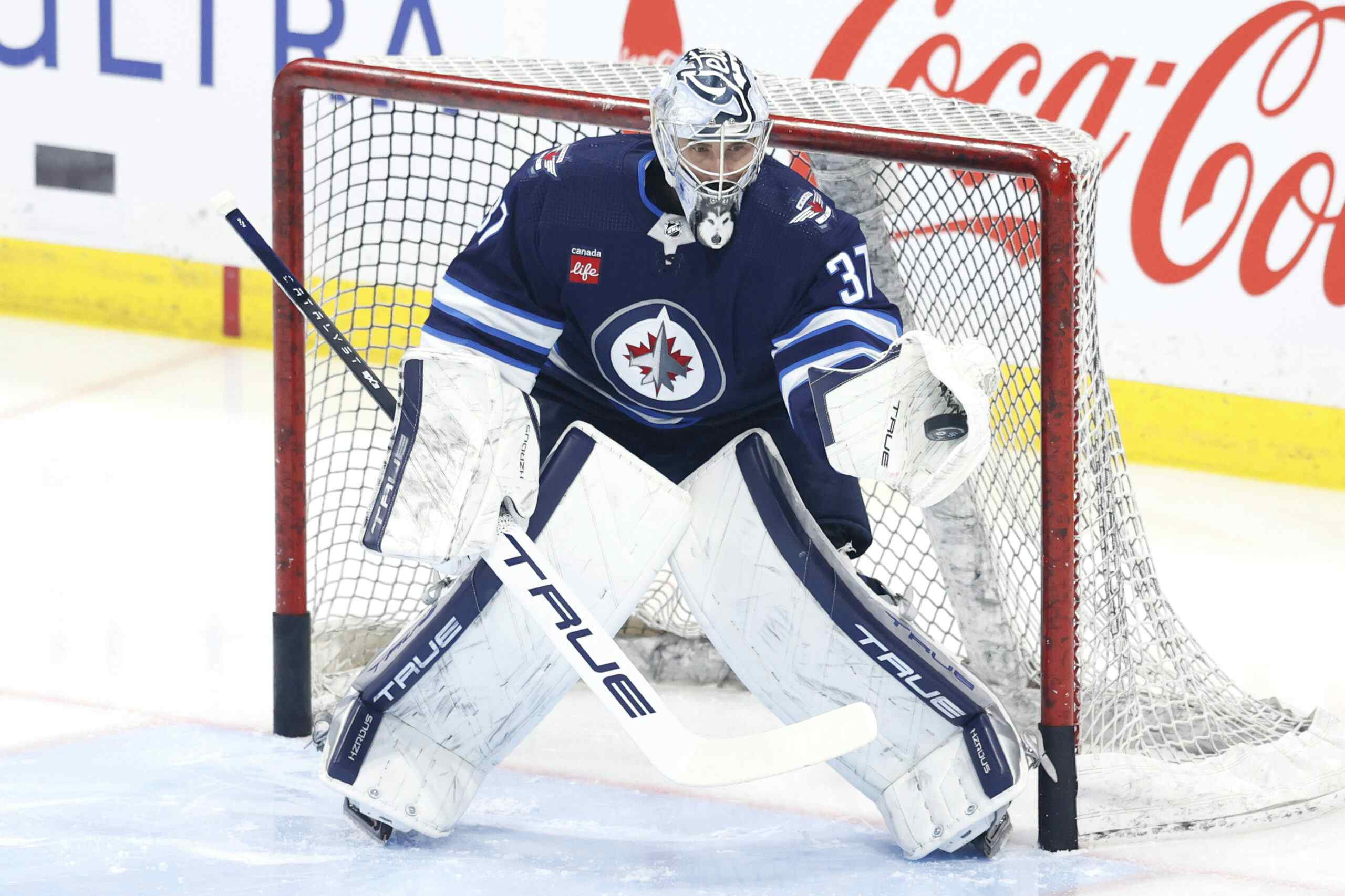Why Myers and Stafford may disappoint some but still be helpful impact players
By Garret Hohl
8 years agoThere seems to be some confusion on to what expect from Tyler Myers and Drew Stafford, so I will try to clear the air.
The Winnipeg Jets franchise was pushing to earn its very first playoff berth since the move to Winnipeg. Stafford and Myers came in during a time of need and produced exceptionally well.
Opinion was high but there were some red lights in the underlying numbers. This information then caused a substantial schism in opinion.
Let’s see if we can remedy any misconceptions.
The backstory
The Jets received Stafford and Myers in part of the return for Zach Bogosian, Evander Kane, and Jason Kasdorf. General Manager Kevin Cheveldayoff just made his first big trade; fans were hopeful to not “lose the trade” and earn a “win”.
The two came over from a struggling Buffalo Sabres, a team that was posting some of the worst shot differentials in modern history. Legitimate concerns existed due to the Sabres tending to perform even worse with either Stafford or Myers on the ice than when they sat on the bench.
However, the human factor is a real variable. No one truly knows how playing on a team so obviously tanking for lottery draft picks would impact a player both psychologically and physically.
There was hope for recovery.
Both Myers and Stafford ended up with similar results in Winnipeg, statistically speaking. Both scored exceptionally well as Jets, at or near career highs in point production per minute. However, both carried some of the worst shot metrics on the team during their time in Winnipeg, just like in Buffalo.
Regression to the mean
Scoring
Stafford and Myers both scored well as Jets, but not as one should expect of them in the future. The move to a stronger team in Winnipeg was expected to have some positive impact, but their scoring was heavily shooting percentage inflated.
We can look at the players points per 82 pace they scored as a Jet, and then what we should expect if we regress their own shooting percentage, linemates’ shooting percentage, and the percentage of goals the player assisted on:
| Player | Pace | Regressed |
| Myers | 51 | 34 |
| Stafford | 60 | 38 |
A scoring boost was expected, but not to this extent. The Jets were a stronger team than Sabres, but this type of increase was highly unsustainable.
The Sabres have not always been a weak team, and Stafford had his second highest point per game pace at 28, while Myers paced his highest and essentially doubled the previous four years.
Goal differential
The percentages also improved their goal differential. Tyler Myers had the best value for Jets’ percentage of goals controlled by the team when on the ice versus when he was on the bench for defenders with +12.3 percentage points. Drew Stafford was second for the Jets with +13.7 percentage points.
However, when we look at the Jets control of shot attempts, their impact is nearly identically opposite. Myers carried the worst difference for defenders between on-ice versus on-bench, with -5.1 percentage points. Stafford’s -3.4 was only above Jets’ fourth line players Jim Slater, T.J. Galiardi, Chris Thorburn, Anthony Peluso, and Matt Halischuk.
Why care?
Players who differ substantially in goal differentials than their shot attempt differentials one year tend to have very little difference the next season. A player’s goal differential tends to regress towards their shot attempt differential.
In other words, shot attempts (or Corsi) is a goal differential predictor for players.
Reasonable expectations
Both numbers and the eye-test are flawed. Thankfully, the weaknesses of one tends to be covered by the other.
The eye-test suffers due to bias from heuristics. We tend to remember big events, like goals, and those that directly contribute to them. We struggle to remember the countless events in between, and are inherently terrible at understanding all the non-events that do not occur.
This means that perception based on the eye-test is heavily influenced by shooting percentage variation and can be fooled by shooting percentage inflation.
We should expect a lower scoring pace.
Drew Stafford is far more likely to score like a 40 point player than a 60 point player. Tyler Myers is far more likely to score like a 35 point player than a 50 point player.
We should also expect them to not outscore their opposition as substantially as the year prior, but likely more than what Corsi suggested last season.
There should be some bounce back. Both Stafford and Myers moved to a new team and a new system that they were not adjusted for. This is especially true for Myers, who was once a strong possession player long, long ago. While they may struggle in outshooting the opponent, the Jets are fairly strong performers and will be able to make up for the areas the other two struggle with.
Not long ago, we looked at the Jets contract value efficiency. We compared each players overall value in Goals Above Replacement versus their average salary.
Here is the same graph, but with the GAR value for the last three seasons as well as also for the three previous to that for both Myers and Stafford:


What should we expect from Stafford and Myers?
Well we should probably expect the players to fall somewhere between their two dots in terms of overall value.
Recent articles from Garret Hohl





